Some places don’t just sit on a map; they forever take root inside you. Chobe National Park in Botswana is one such place.
Picture elephants wading through water at sunset, their trunks lifted like snorkels. Buffaloes press shoulder to shoulder along the riverbank while fish eagles call overhead. A Chobe safari is like stepping into a wildlife documentary, only this time you’re not on the sofa. You’re in the front row.
Chobe National Park animals can be seen in abundance: elephants by the hundreds along the river, buffaloes threading through the floodplains, and birds turning the sky into motion. Life gathers here in impossible numbers, moving with a rhythm that belongs only to Chobe.
Where the Wildlife Stories Unfold
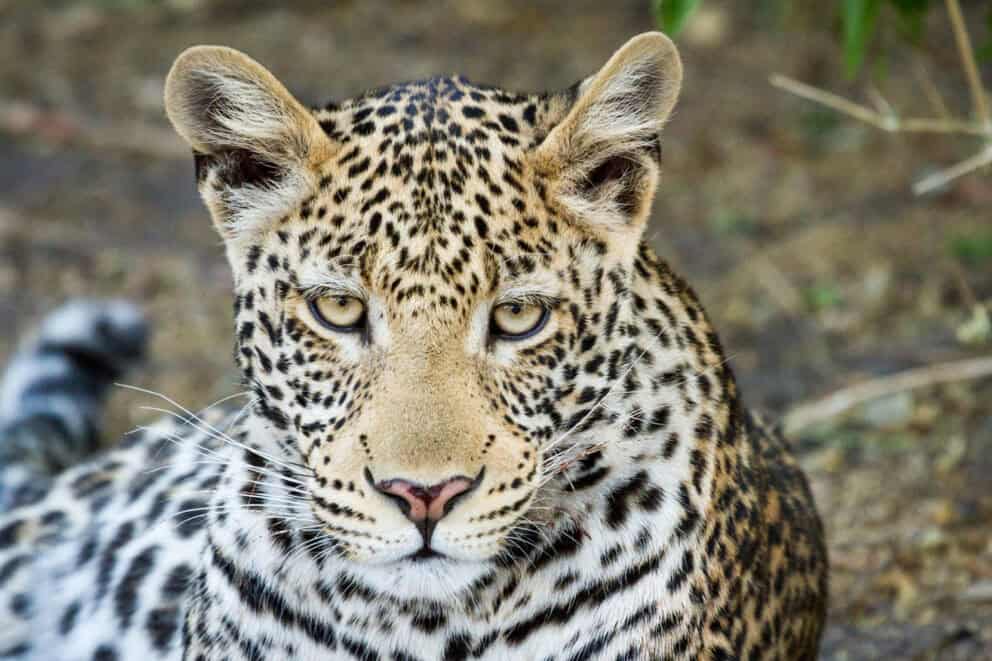
Chobe feels like four different parks woven into one, each with its own character and rhythm. These four regions of the national park are havens for a variety of wildlife, making them perfect stops on a Botswana adventure and ideal highlights for Chobe National Park safari packages.
1. The Riverfront
This is where life gathers. Herds of elephants drift down to the water, sometimes swimming trunk to tail across the current.
Buffalo gather in their hundreds, giraffes bend and sway like metronomes, and crocodiles slide beneath the surface without a ripple.
Birdlife flourishes here too: bee-eaters flashing from sandy banks, herons frozen in stillness, and fish eagles crying above. This is Chobe at its most abundant.
2. Savute
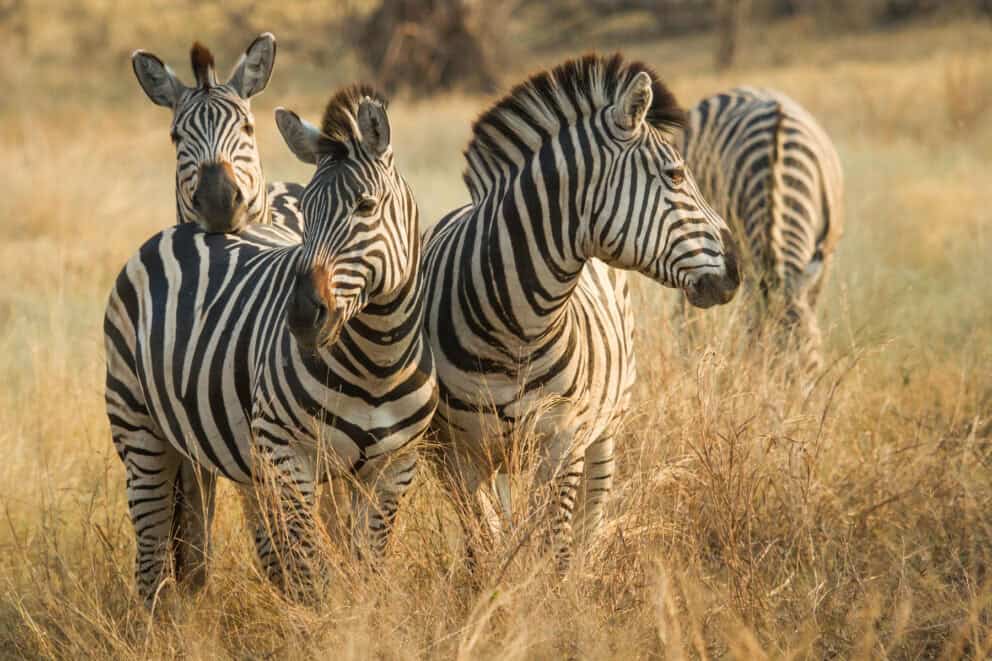
This part of Chobe undoubtedly belongs to the hunters. Lions here have been known to bring down elephants, a behaviour almost unseen elsewhere. Hyenas lope in like opportunists, cheetahs tear across the plains, and, when the zebra migration arrives, the horizon begins to shift; a ripple of movement, dust, and stripes as the herds cross the plains in quiet procession.
3. Linyanti
Linyanti asks for patience and rewards it. Remote, raw, and worth every quiet moment. Roan and sable antelope graze in woodlands, while packs of endangered wild dogs work the floodplains with remarkable coordination. Linyanti feels like an older Africa, where even silence carries weight.
4. Nogatsaa
This is the corner most people miss. In the rainy season, shallow pans brim with water, luring kudu, buffalo, and elephants. It’s a wilderness of details: the subtle rustle of hooves in wet grass, a bird’s unexpected call, even the steady sound of your own breath. Sometimes the quietest places leave the loudest echo.
Chobe National Park Elephants: The Giants of Africa

Around 120,000 elephants live here – the largest population anywhere on Earth.
To watch them is humbling. A procession crossing the river: calves nudged gently by their mothers, bulls spraying arcs of water skyward, trunks held aloft. It’s not just a herd, it’s a society in motion – protective yet playful and always in conversation with one another.
Some days you’ll see families bathing in the shallows, trunks intertwined. Other days, a lone bull stands on the far bank, backlit by the setting sun. Each encounter you see feels like a privilege.
Predators and Prey in Chobe
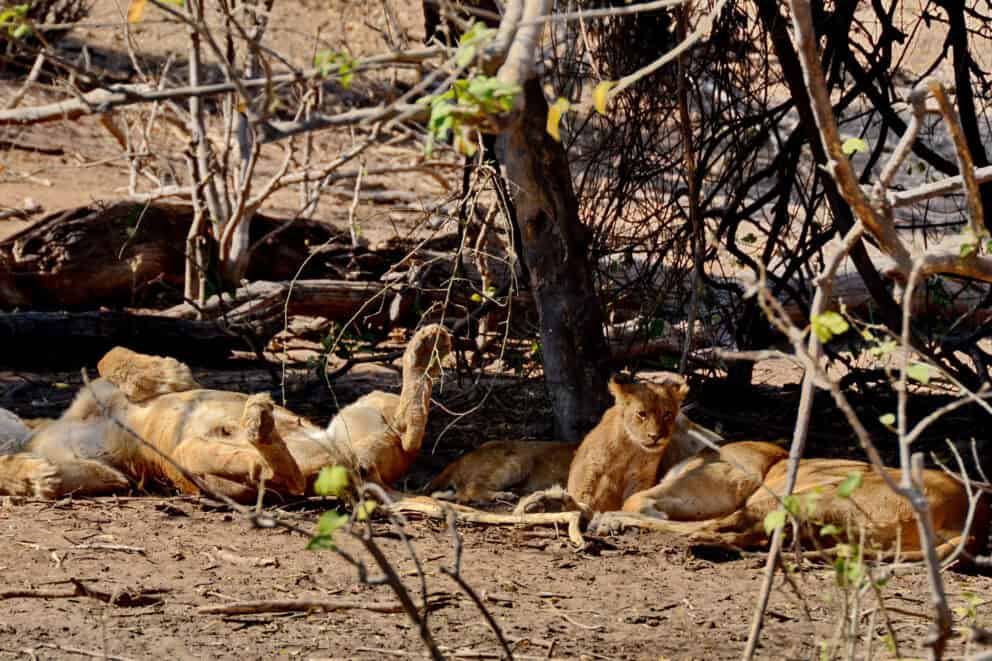
Life here runs on a fine balance. Lions sprawl in the sand, half asleep yet always aware. Leopards move like liquid at dusk, coats vanishing into thickets. Wild dogs, Africa’s painted wolves, move with relentless energy, their hunts as swift as they are precise.
Across the plains, grazers paint the landscape: zebras in bold stripes, impala leaping lightly, and giraffes stepping slowly against the sky. Even the smallest characters matter, like the bat-eared fox pausing to listen for the faint rustle of insects underground.
Every safari drive in Chobe feels like turning another page in a story that’s completely captivating.
Birds of Chobe National Park: Colour in the Skies
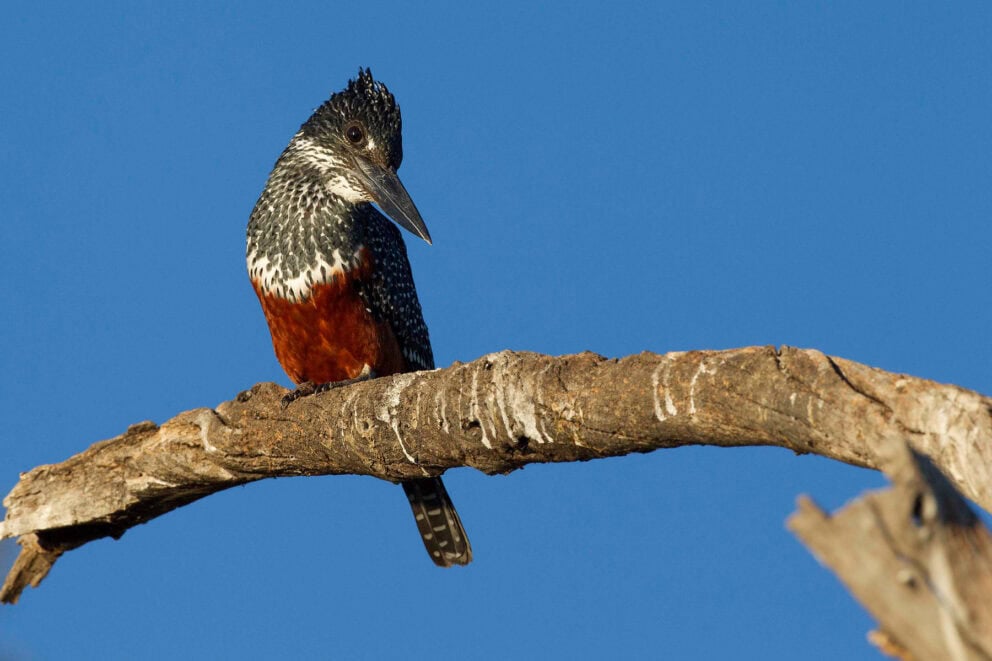
A kingfisher darts past like a blue arrow. A lilac-breasted roller tumbles through the air in turquoise bursts. Storks stride across the floodplains with calm authority. Suddenly, you’re pointing skyward, wide-eyed as a child.
Above, raptors ride invisible highways: bateleurs rocking in flight, martial eagles circling effortlessly on the thermals. There are over 450 species of birds in Chobe National Park. Your ticks can be earned during boat trips to see the variety of waders as well as during game drives across the plains.
Chobe National Park Animals: More Than a List
Chobe National Park isn’t about checklists. It’s about unscripted encounters: a lion cub tumbling over its own paws, the low rumble of elephants talking across floodplains, the sudden pause before a leopard steps into view.
These aren’t just sightings, they’re memories that settle in and refuse to leave.
The beauty of Chobe National Park’s animals lies in their variety. One day it might be the predator-rich plains of Savute; the next, a slow drift on the Riverfront as the sun melts into the water; later, the remoteness of Nogatsaa, where it feels like you’re the only one marvelling at the land.
Think about what stirs you most: the grandeur of elephants, the chance of seeing wild dogs on the hunt, or simply the quiet joy of watching red lechwe antelopes in the marshy riverbanks at dusk. With the right planning, your journey can be built around the moments you most want to carry home.
Your African Chapter in Chobe
At Discover Africa, we’ve spent years shaping journeys that reveal Chobe at its richest. We’ve walked these paths, from the great elephant crossings to the hidden corners where silence has its own weight.
Ready to start your own Chobe chapter? We’re here to help you shape your dream African story.











 Blog List
Blog List

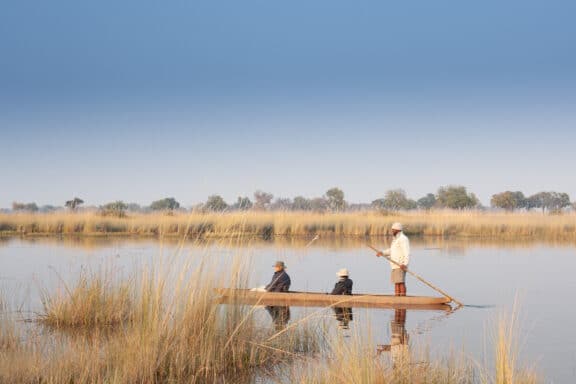
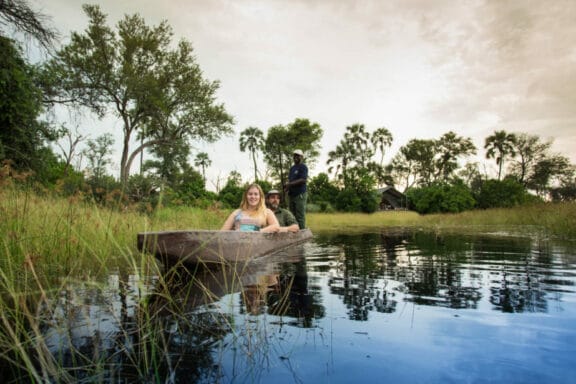
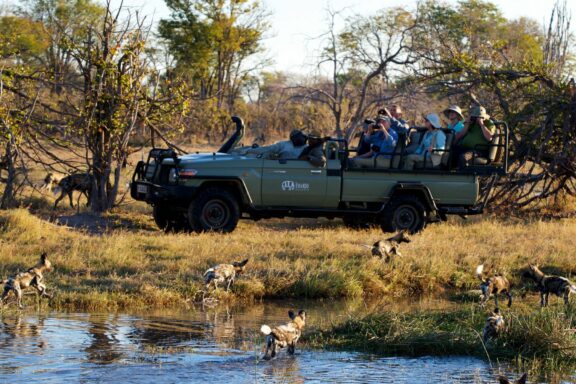


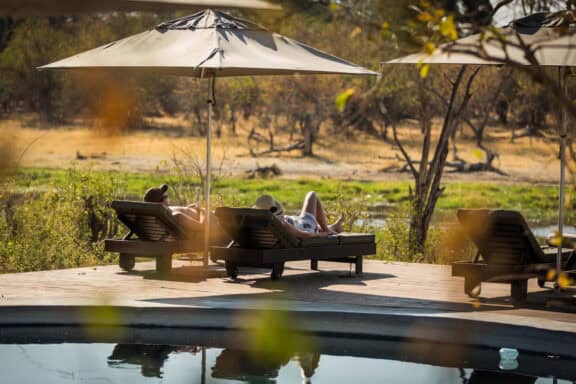
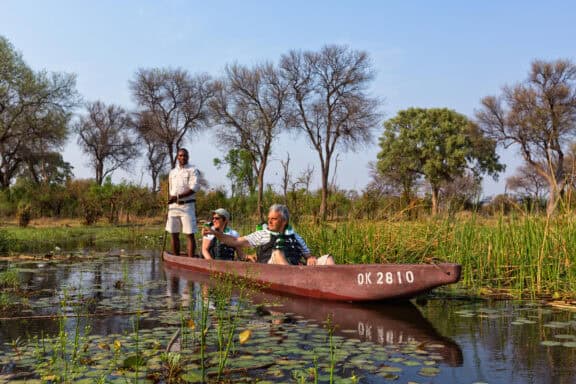
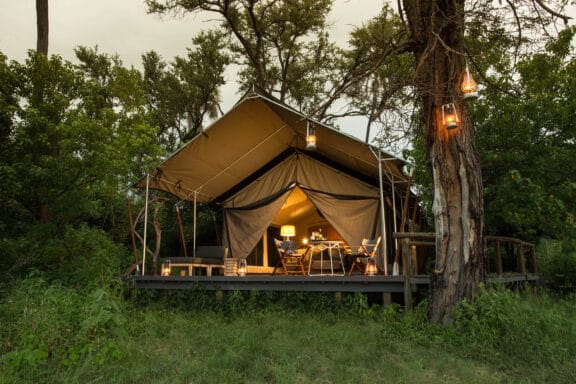
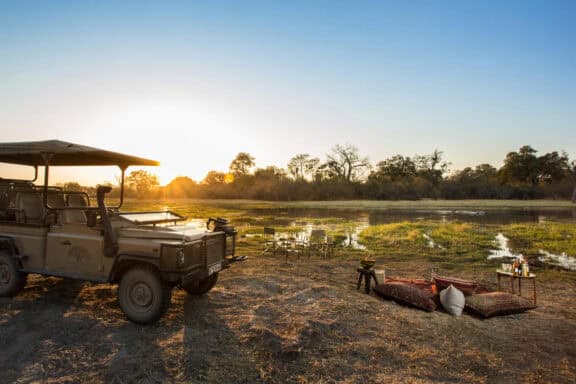
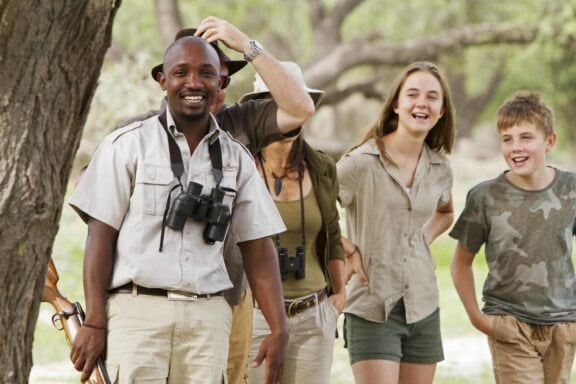
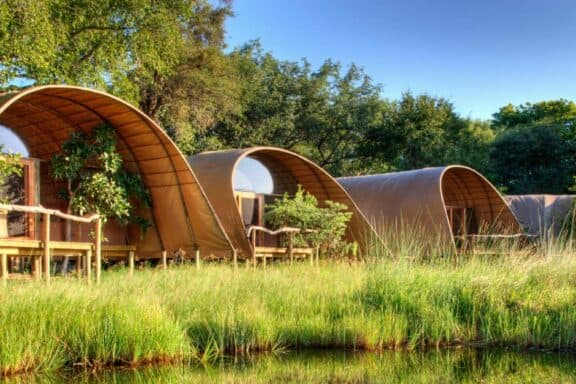










Written by Yamkela Welaphi
• Travel Writer
Part of the Botswana Safari Collection